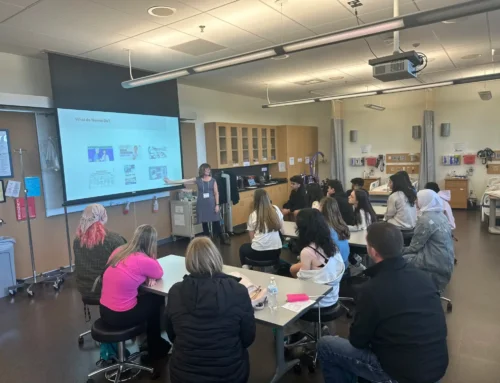
Every fall I am eager to look at the results of the WaKIDS assessment. I have heard that during kindergarten, children have the greatest range of skills compared with any other grade. WaKIDS data now allows us to see this range in action with our own students, right at the start of their K-12 education!
According to WaKIDS data from last fall (2015), almost twenty-five percent of students entered kindergarten with the social-emotional skills and behaviors typical of children ages three and under. This is also true for the areas of cognitive and math development. Gaps in social-emotional and academic readiness in kindergarten have been shown to persist in third grade and carry on into high school graduation rates and college and career-readiness (Torgesen, 2004; Hernandez, 2011). Achievement (or opportunity) gaps between low-income and middle-class children appear early and actually increase over time (Heckman, 2011).
WaKIDS provides us with an early illustration of these gaps, which exist in almost every school. Because WaKIDS uses Teaching Strategies GOLD developmental progressions, teachers are able to zero in on children’s present levels of functioning across six areas of growth and learning. GOLD also identifies the developmental next steps for each child – in increments – all the way to the end of theyear. When children enter kindergarten with skills and behaviors more typical of one, two, or three-year-olds, knowing what milestones children have met and what is coming next is crucial to understanding student needs, differentiating instruction and closing gaps. When used with developmentally appropriate instructional strategies, WaKIDS is a powerful tool for helping students who enter kindergarten a little behind, get caught up to their peers.
I hope you are all as eager to see this year’s WaKIDS data as I am. I also encourage you to run some of the many reports available to you in GOLD, such as the Class Profile report, to engage in conversations about what type of support the children in your kindergarten programs need to lay a strong foundation for the years ahead.
The primary years agenda: Strategies to guide district action



